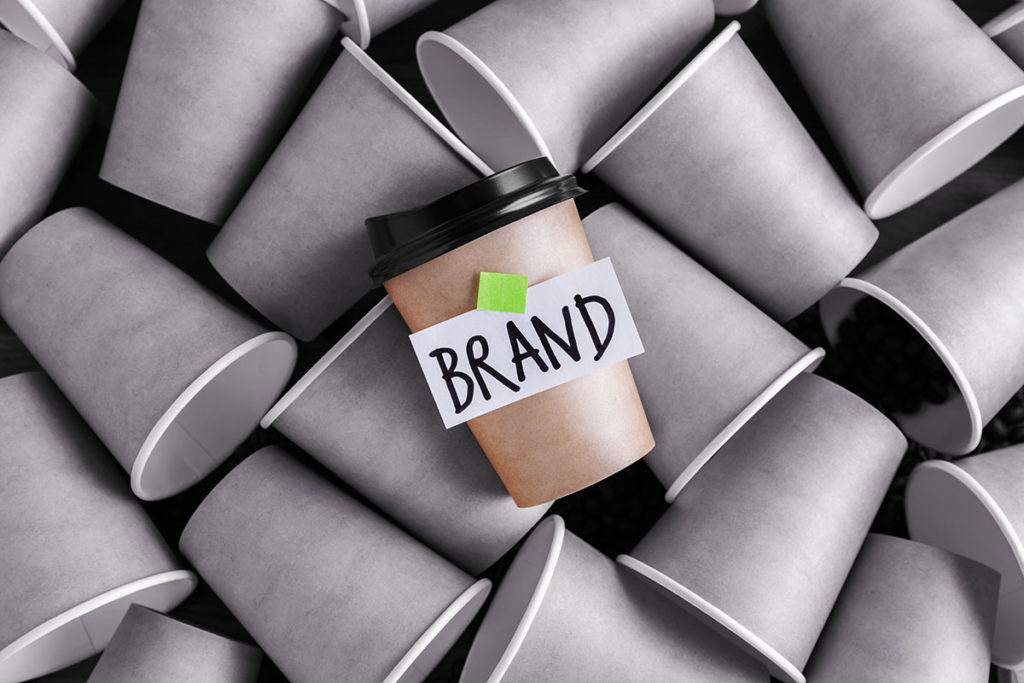5 Branding Mistakes You Can Easily Avoid
Print & Brand It News • June 11,2017
Branding has a tremendous impact on your business. It can spell success, or it can spell failure. Your company’s brand is most likely the first detail potential customers will notice as they come into contact with you, and their initial impression of you is extremely important as you begin to cultivate a relationship.
The catch? Bad branding can be just as influential as good branding. While a consistent, well thought out brand builds trust and establishes a company in its industry as an authority, bad branding can turn prospects away and give the impression that your company is not a leader in its industry.
Let’s explore some of the most common branding mistakes, and how you can easily avoid becoming a victim of bad branding.
Inconsistency in Design and Messaging, and Across Platforms
Imagine if iconic brands like McDonald’s, Nike, or Google had ten different logos. How would you keep them straight? People immediately recognize the golden arches of McDonald’s, the Nike swoosh, and the Google “g” and font because of the company’s brand and logo consistency.
When establishing your company’s brand, create a branding style guide that everyone can refer to. Note things like fonts, logos, and color schemes in the guide to be used across the company. Stick to only two or three variations of the logo, and be sure these branding guidelines are applied across all platforms including social media, your website, emails, ads, and printed materials.
Too Many Rebrands
Resist the temptation to rebrand your company too often. Again, the key to a good brand is consistency so that consumers will recognize your company. If you’re changing your logo, colors, and messaging too often, people won’t have the chance to remember you. Also consider why you’re rebranding often. If your business model is changing that frequently, you may have more than just a branding issue on your hands.
Sometimes a rebrand is necessary, but in most cases it’s voluntary. You can avoid rebranding by taking a few precautionary steps in the beginning, such as hiring a professional to create your logo and imagery rather than buying a cheap, pre-made logo that requires constant updating.
The Brand Doesn’t Reflect the Company or Product/Service
The most important aspects of a brand can be lost in the creation process if you forget what you’re trying to represent with your branding. Think of your target audience and the actual product or service you’re providing as you decide how it will be represented. You might personally enjoy a certain color scheme or design, but if it doesn’t make sense or align with your business, it’s probably not a good choice for your brand.
This also applies to expanding your business model. Once you’ve established your brand as a trusted authority in a certain niche, avoid expanding to other products or services that don’t align. A great example of this occurred in 1982, when Colgate decided to start selling a line of frozen entrees called Colgate Kitchen Entrees. As an established brand in toothpaste and other oral care, consumers were understandably confused to see the familiar Colgate branding in the frozen food aisle.
Attaching your well-established brand to a product that doesn’t make sense can have a negative impact, not only on the new business you’re attempting to gain, but also among your loyal customers from your initial product offering.
Too Similar to Other Niche Brands
As you design your company’s branding, you can gain valuable insights from observing what other companies are doing in your industry. However, you want to avoid creating a brand that’s too similar to a competing brand. Not only could you face legal issues like copyright infringement, but you also want to differential your own brand in the market and not copycat someone else.
Make a list of what sets you apart from similar niche brands–how are you unique? What do you offer that no one else is offering? Keep this list in mind as you design your brand
Unprofessional Design
Finally, try to avoid using unprofessional design in your branding. If you are not a graphic designer or experienced in branding, but attempt to design your branding anyway, chances are your results could reflect your lack of experience. Although there are plenty of wonderful tools and software available to amateur designers, you’ll still lack the knowledge of design rules and principles.
Investing in professional branding and design from the start can help establish your brand right away, and save you money (and headaches) in the long run when you don’t have to mess with a complicated rebrand.
We can work with you and your team to create a professional brand that best represents your company.




